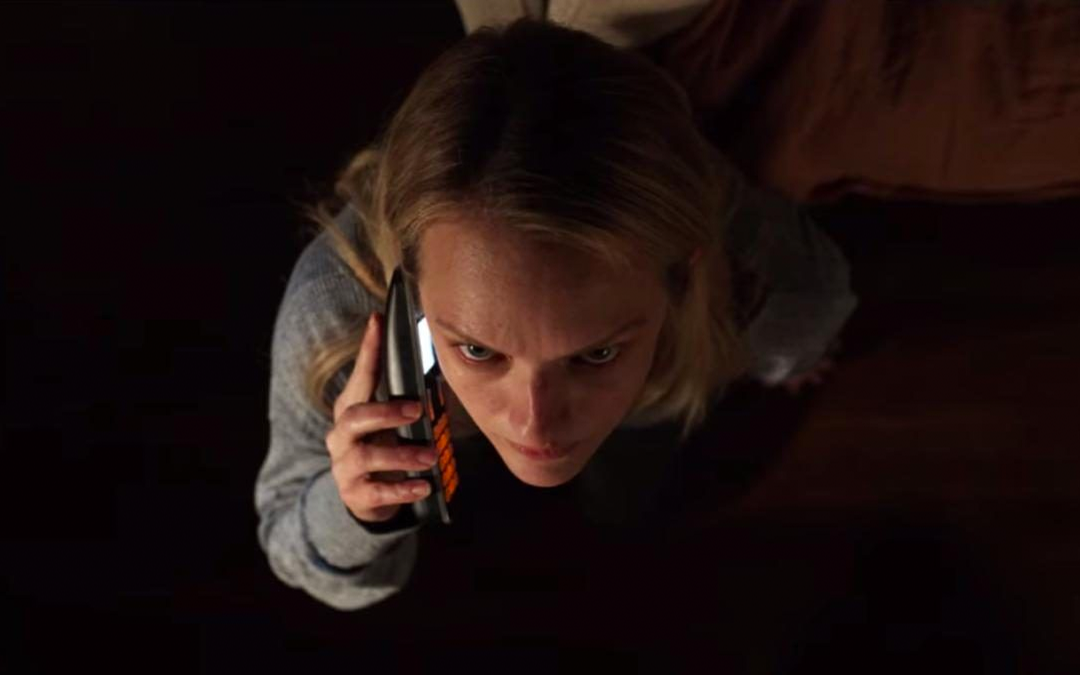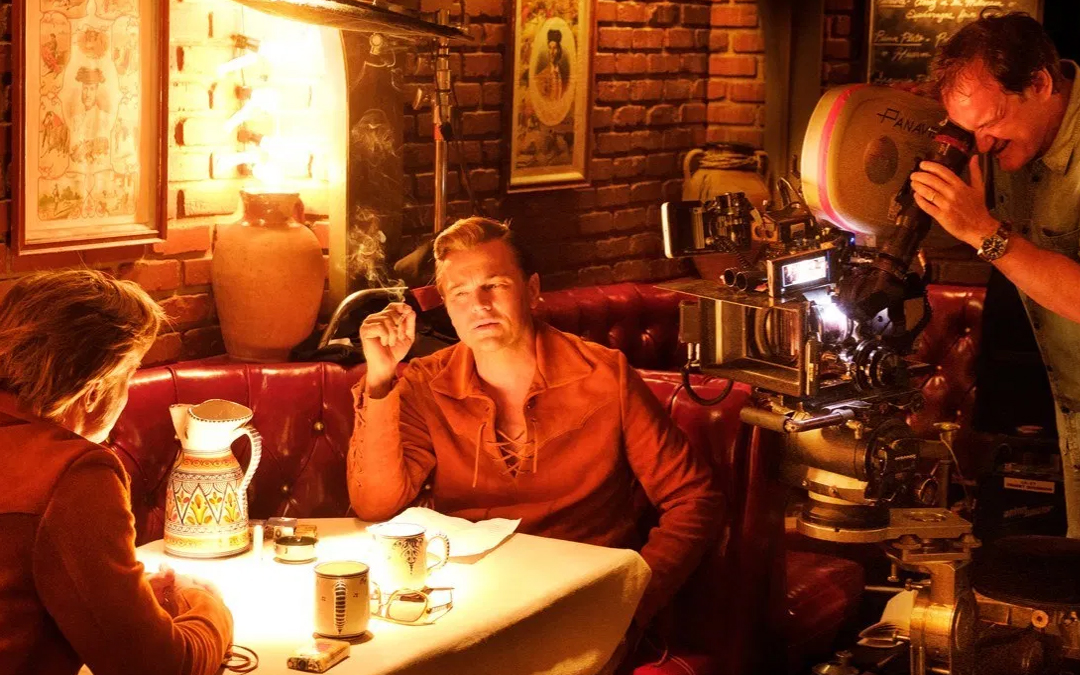Top Five Takeaways For Screenwriters: 'Joker'
February 3, 2020
It’s award season, so we’re diving into Oscar®-nominated films the next few weeks. After all, there’s a lot to take away from Hollywood’s best and brightest. This week, it’s a character study of the clown prince of crime — Joker starring Joaquin Phoenix.
This unnerving portrait of a budding madman was beloved by audiences but splits critics this way and that, not unlike the unreliable Arthur Fleck himself. Love it or hate it, this bloody, dark and gritty journey gives screenwriters plenty to pull from. Warning: Spoilers ahead!
- Don’t take the stairs: Symbolism versus motif
This is a movie that loves stairs. Not just famous ones (1170 Shakespeare Avenue Bronx, NY in case you want a pic for your IG), Joker is filled with many different stairways that Arthur takes when he’s headed down his path of transformation. Watch the film again; you’ll be shocked at how many times director Todd Phillips chooses to show Arthur on the stairs. That’s not an accident (movies cost way too much and take way too long for anything to be truly accidental). Stairs are a repeating symbol throughout the movie, which makes them a motif. A symbol is an object, word or sound that is used to represent something else in a film. Symbols are usually single events, while a motif is constantly repeated throughout a film or story. These literary devices are used to help indicate what a work of art is all about; its big themes, ideas and points of view distilled down into images or concepts. In Joker, it’s all about the stairs — Arthur’s climb (or descent, depending on your perspective) into his new alter ego, Joker. - Reactions create character, while actions create story
We learn so much about Arthur Fleck through how other characters react to him; what they say, don’t say, and how uncomfortable he makes them (his mother, boss at work, co-workers, case worker, the poor clerk at Arkham Asylum, Thomas Wayne, his social worker, and others). In a sense, other characters make your main character. Interactions that result in reactions are great tools for bringing your characters to life. These events cause our main character to act, thereby moving the plot forward; it’s a beautiful little circle of storytelling life. This sounds obvious, but if you’ve read a lot of scripts, you know that this basic premise is often overlooked by writers in all media. Joker does this well, as Arthur finds himself on the receiving end of a lot of bad reactions at the hands of other characters, which leads him on his path to self-discovery. In a sense, everyone around Arthur creates Joker. - Get your character up a tree then throw rocks at them
Joker uses the classic tool of piling on; complications, wrinkles, twists, reversals and red herrings — all of these things keep a story afloat. In this film, Arthur loses his sign, his job, his medication. Then he begins to create problems for himself; the gun in the children’s hospital, the subway murders, his own mother’s murder. All of this helps give your narrative momentum, and it keeps us interested. Don’t underestimate the power of piling on bad things. It’s a mistake beginning writers often make; they set up a problem their character faces and that’s it. See, a singular problem can be the backbone of a story, but an exciting story is constantly throwing new obstacles in front of a protagonist. Arthur Fleck faces a constantly increasing stack of troubles, both personal and professional. What this does is give him the motivation and emotional stakes to make his eventual turn to Joker. After all, one problem is usually not enough to push your character over the edge. When in doubt, pile on. - Who do you trust?
Joker has unreliable narrators in spades. What’s an unreliable narrator? In fiction, when a character gives us exposition, we take it at face value. But what if they’re lying? What if they don’t know they’re lying? That’s an unreliable narrator; one who the audience can’t trust. Arthur Fleck carries on a fantasy relationship with Sophie down the hall. His mother thinks Thomas Wayne is his father. But what if Thomas Wayne is lying and he really is Arthur’s father? All of that and more populates the narrative thread of Joker. Other great examples of unreliable narrators are Alex in A Clockwork Orange, Forrest in Forrest Gump and Pi in Life of Pi. The great thing about unreliable narrators is they weave mystery and character development with every word and action in your story. - Open-ended endings: Proceed with caution
This takeaway goes hand in hand with our unreliable narrator. After we realize that much of Joker took place in Arthur’s head, the question has to be asked: Did any of this movie take place at all? Hints are dropped throughout that Arthur spent time in Arkham Asylum. And since we can’t trust him as our narrator, did he ever get out? Was the whole movie just a fantasy concocted by Arthur while in Arkham, as witnessed in the final scene? If Arthur lied to himself about Sophie, what else was he lying about? The final scene with the infamous bloody footprints and the film’s cryptic flashbacks to young Bruce Wayne, as well as Arthur’s final dialogue about a joke (“you wouldn’t get it”) leaves some audience members questioning the entire narrative. Director Todd Phillips has been very cryptic about the film’s final moments, only adding flames to the fire. For a story about a delusional madman, many feel this is a perfect denouement. However, a little word of caution if you’d like a career selling what you write: Most working screenwriters and producers will tell you that people want an ending to a story. Not every genre or style of narrative can get away with existential questions about what was real and what was not. Think of your audience, your goal for the piece, and what you hope your audience takes away.
Final takeaway: A beautiful, bloody mess of a movie, Joker dances its way around the edge of many modern social issues. If you’re looking for superhero tropes and clear answers about good and evil, look elsewhere.
Written by: Dennis Fallon
Dennis Fallon is an award-winning journalist and screenwriter. When not ghostwriting feature films in Los Angeles and Europe, he is a member of MENSA, an ordained minister and a rock musician who has composed music for over two hundred episodes of television.- Topics:
- Discussing TV & Film




